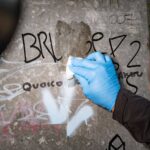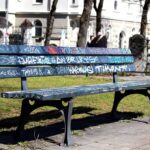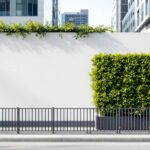Preserving Public Art:
Advanced Anti-Graffiti Protection Solutions for Municipal Projects
- Ko van den Boom
- Reading time: 21 minutes
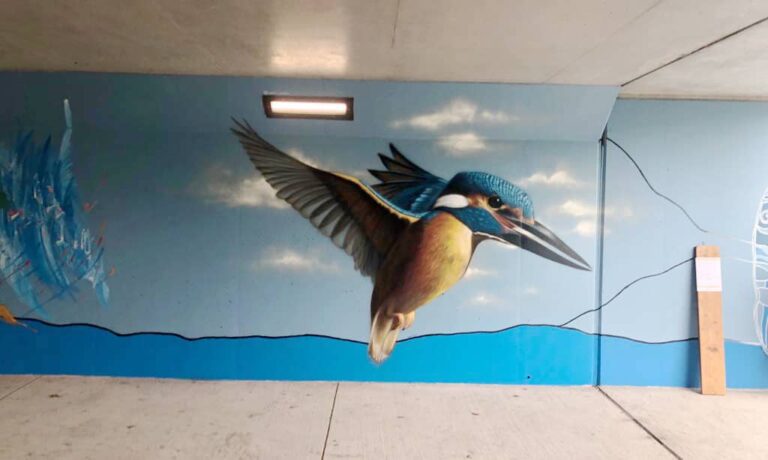
Urban art installations are increasingly becoming vital elements of community development, transforming public spaces while enhancing security and civic pride. However, protecting these valuable investments from environmental damage and vandalism presents a unique challenge for municipalities and property managers. A recent project in Sint-Michielsgestel, Netherlands, demonstrates how innovative protective coatings can preserve public artwork while ensuring long-term durability.
Contents
Ko van den Boom
Main Categories
Related articles
Main Categories
The Challenge:
Protecting Community Investment
When the Municipality of Sint-Michielsgestel launched TUNNELART617, an ambitious public art initiative to transform three bicycle tunnels, they faced a common dilemma: how to protect a large-scale artistic investment from environmental factors and potential vandalism. The project, involving dozens of artists and volunteers, required a solution that would preserve both the aesthetic appeal and the substantial investment in materials and labor.
Technical Solution:
Advanced Polyurethane Protection
The solution came in the form of Mavrox PU Topcoat 1C, a state-of-the-art protective coating specifically designed for outdoor artwork preservation. This innovative product offers several key advantages for municipal and commercial applications:
- Solvent-Free Formulation: Environmentally conscious and safe for application in public spaces
- Single-Component System: Simplified application process reducing installation time and costs
- Moisture-Curing Technology: Enhanced durability and adhesion in various weather conditions
- Chemical Resistance: Superior protection against graffiti and environmental pollutants
Implementation and Benefits
The protective coating was successfully applied to the tunnel walls, creating an invisible shield that preserves the artwork while maintaining its visual impact. Key benefits include:
- Long-Term Cost Reduction: Minimizes the need for frequent cleaning and restoration
- Enhanced Artwork Longevity: Protects against UV damage, moisture, and atmospheric pollutants
- Preserved Visual Quality: Transparent coating maintains the original colors and artistic details
- Improved Maintenance Efficiency: Facilitates easier cleaning and graffiti removal
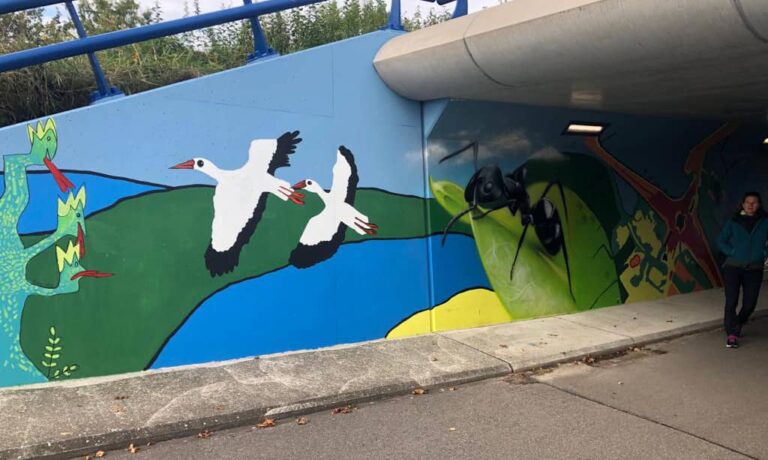
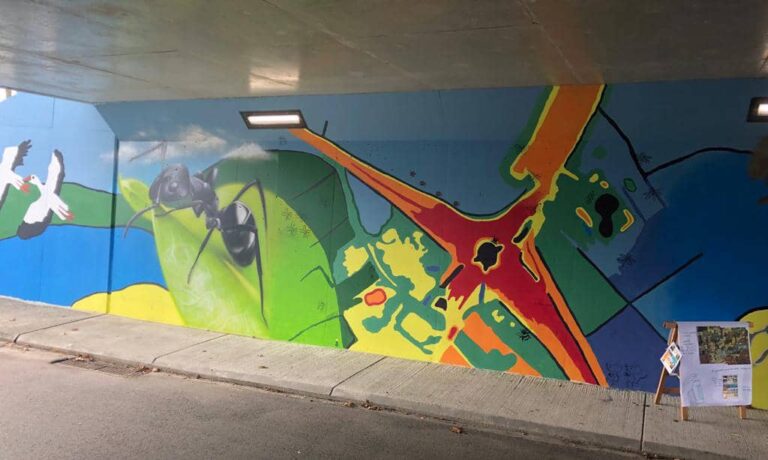
Community Impact and ROI
The protected artwork installation has achieved multiple objectives:
- Transformed previously uninviting spaces into vibrant community assets
- Enhanced perceived security in public transit areas
- Created a sustainable solution for maintaining public art
- Demonstrated fiscal responsibility in public infrastructure management
Best Practices for Municipal Art Protection
For municipalities and organizations considering similar projects, consider these key factors:
- Select protection systems that offer both durability and aesthetic preservation
- Invest in professional-grade solutions that reduce long-term maintenance costs
- Choose environmentally conscious products that align with sustainability goals
- Partner with experienced providers who understand public infrastructure requirements
Conclusion
The Sint-Michielsgestel project exemplifies how modern protective coatings can help municipalities maximize their investment in public art while ensuring long-term sustainability. By implementing appropriate protection solutions, organizations can create lasting value for their communities while managing maintenance costs effectively.
For more information about anti-graffiti protection solutions for public art and infrastructure projects, contact your local architectural coating specialist.
Would you like me to modify any aspect of this article or focus more on specific technical details of the coating system?

